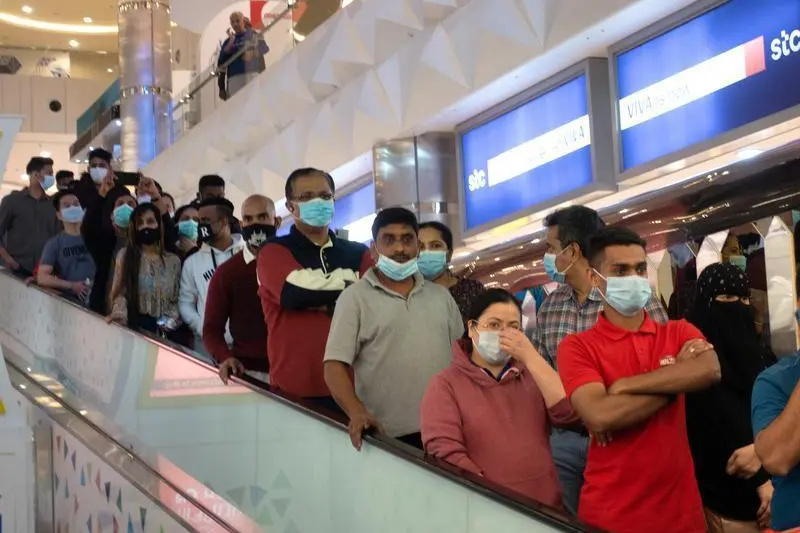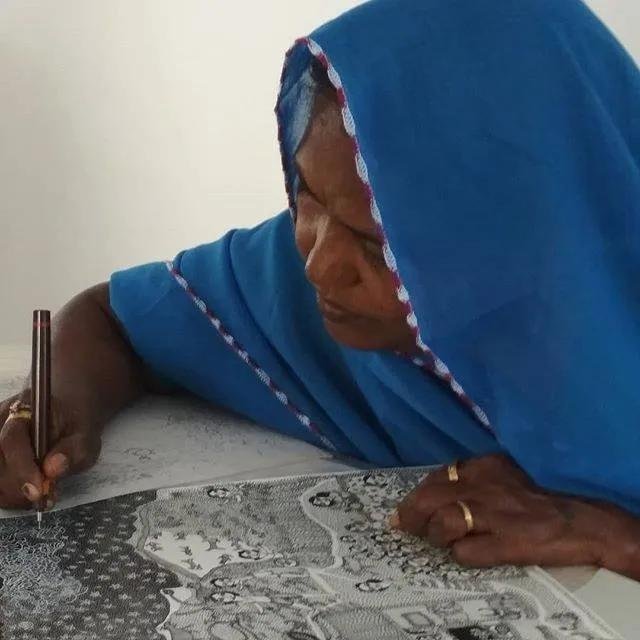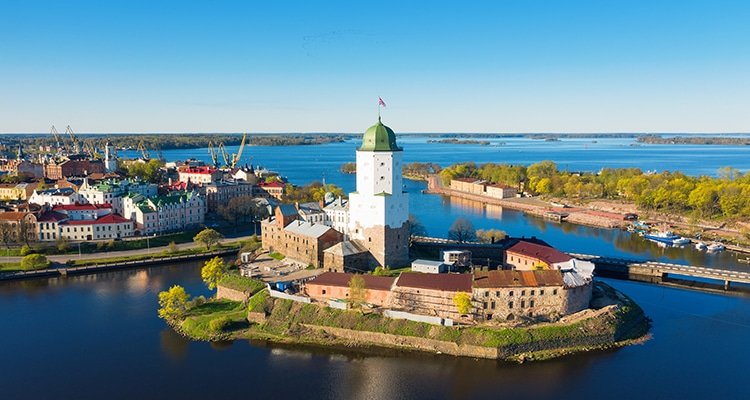Vaccination figures are also lowest in most deprived areas
A recurring theme of the pandemic has been how COVID’s impacts has not fallen equally across the UK population. The health and financial burden of the disease has been felt disproportionately by people living in deprived areas, a report in The Tribune Chandigarh, says.
An example of the starkness of this disparity is that the most deprived areas in England recorded a COVID mortality rate that was two- and-a-half times higher than the least deprived areas in the first year of the pandemic.
That’s because people from more deprived groups are less likely to have been able to work from home, more likely to live in larger, multi-generational households with less space and poorer ventilation, less likely to have access to good quality healthcare services and more likely to have existing health conditions that increase the risks associated with a COVID infection.
Unexpectedly in late September, rates of new COVID cases, which had been highest in the most deprived areas for the previous 18 months, shot up in areas of low deprivation, the inequality in COVID cases reversed without warning.
A big factor in this change was a surge in cases in schoolchildren in the least deprived areas. But the same change occurred in older age groups, too. So what really happened?
One contributing factor is likely to be the fact that, having had high case rates for so long, more deprived areas had much higher levels of infection-acquired immunity. Essentially, so many people had had COVID already that the virus started to run out of susceptible people to infect.
Many more affluent areas, however, had seen relatively fewer cases and so had greater exposure to new outbreaks, particularly among schoolchildren who didn’t have the additional protection of vaccines.
Unfortunately, there has been a major new development since then: Omicron has arrived. The new variant appears to be even more infectious than previous variants of concern.
This ability to reinfect people who have already had COVID means that Omicron represents a huge risk to more deprived areas.
The fact that Omicron can overcome the wall of protection that has been built up in deprived areas through such high levels of prior infection means that there is a risk that these inequalities are going to be repeated.
One contributing factor is likely to be the fact that, having had high case rates for so long, more deprived areas had much higher levels of infection-acquired immunity. Essentially, so many people had had COVID already that the virus started to run out of susceptible people to infect.
There is much we still don’t understand about the new variant – whether people infected with it are less likely to end up in hospital than previous variants,
The one hope is boosters. The evidence is already clear that a third vaccination is effective against omicron. The government and the NHS are pulling out all the stops to get as many booster jabs in as many arms as possible. But as with the first and second dose rollouts, vaccination rates are lowest in the most deprived areas.
************************************************************************
Readers











